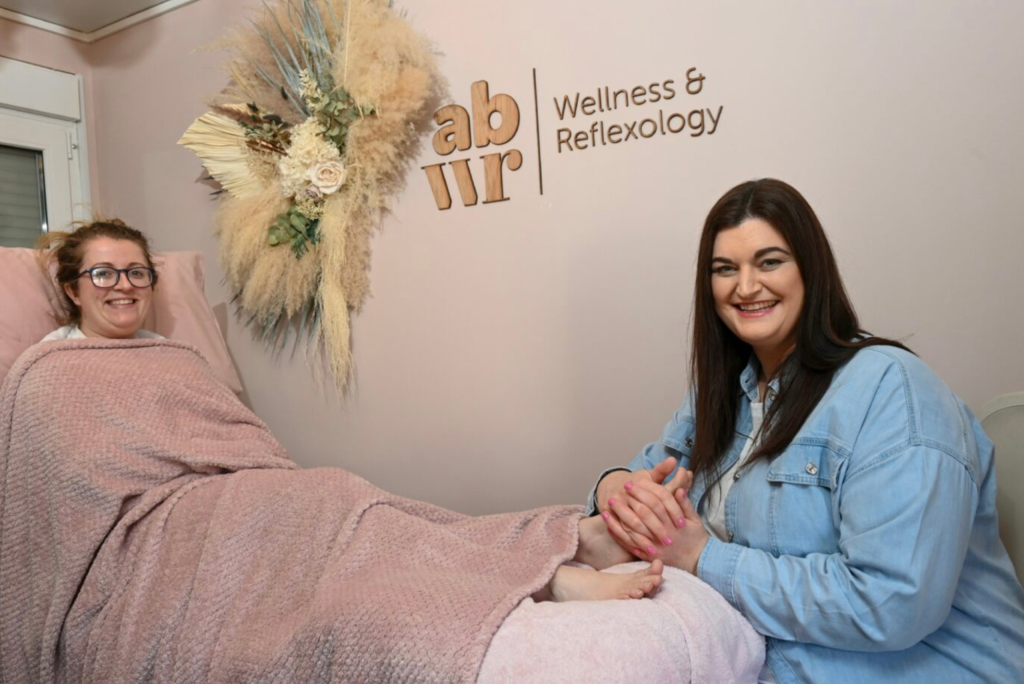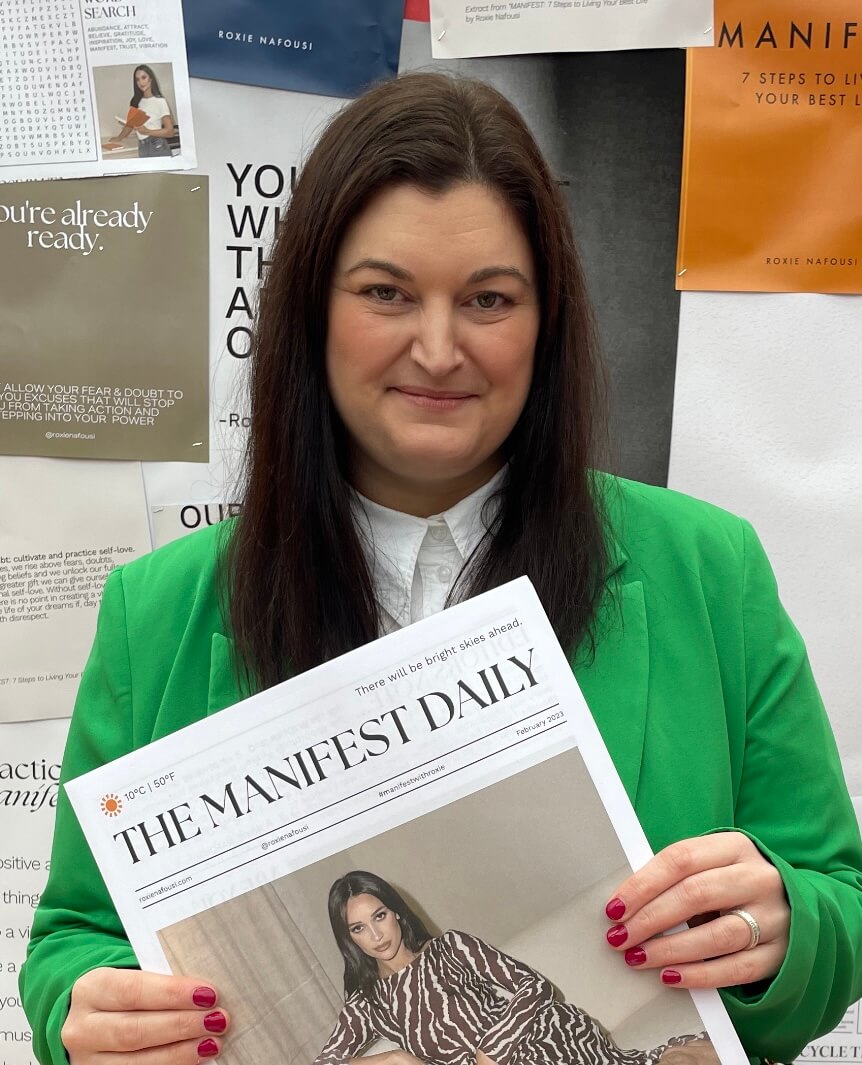
What Is Reflexology
Reflexology is a non-invasive health therapy that can help to create a state of deep relaxation to improve wellbeing. With ancient Chinese, Indian and Egyptian origins, the practice is based around the theory that different points on the feet, lower legs, hands, face or ears correlate with other areas of the body. By applying pressure to these points, a trained reflexology practitioner can rebalance these areas by manipulating the body’s natural energy channels. Reflexology is built on the holistic belief that every part of the body is interconnected in some way.
Reflexology is practiced all over the world today and has many different styles and techniques, due to various training methods and teachers. Reflexology methods vary in the Eastern and Western World, as some have a more medical approach while others have a more holistic way of treating the client.
Many therapists use modern skills in their routines while others still use a more traditional craft in their sequences.
The feet are the most commonly used area in treating a client, as it is the most responsive area to work on.
Reflexology is growing more and more popular in the Western world as we all live such fast-paced lives, which can be very stressful at times and this is a great, deeply calming and powerful therapeutic treatment that can quickly relax, rebalance, & restore the whole body back to optimal health.
There are several pioneers of modern-day reflexology but the two I will cover are Dr William Fitzgerald who created Zone Therapy and Eunice Ingham who further developed Fitzgerald’s practices. Dr William Fitzgerald is considered to be the Father of reflexology and Eunice Ingham the Mother of Reflexology.
Fitzgerald graduated as a medical doctor and it was while he was the Head of the Nose & Throat Department at St Francis Hospital, Connecticut that he discovered accidentally that when he applied direct pressure to areas on the body whilst using implements it would have a numbing effect on the patient, in another area of the body. Through identifying this anaesthetic response in the body he established what he called the Zone Theory. He divided the body into 10 zones with each zone directly running through the body from the tips of our toes and fingers right up to our head. Fitzgerald found that using this technique he created, it could numb the area without the need for anaesthetics before some minor surgeries. Moreover, it could help with pain relief.
Eunice Ingham advanced Fitzgeralds methods in Zone therapy and found that the zones were more effective when just using the feet. She created detailed foot maps of the body that are still widely used today. She also discovered that alternating pressure had a stimulating response while direct constant pressure had a numbing result within the body.
It was Eunice Ingham who created the term “Reflexology” the name that we now commonly use to call this treatment.
Why do I need it?
Unlike some other treatments, reflexology works with you as a whole person, rather than just your symptoms alone. This means that the benefits you experience have a huge impact on you as a whole, rather than on specific areas within your body. Moreover, it can help reach places where regular massage and other treatments can’t provide treatment for.
Even if you’re a generally healthy person you can still find immense benefits from having a treatment as it addresses any imbalances no matter how small within the body, creating perfect conditions for the body to heal itself back to an optimum level.
As reflexology will make you feel more relaxed it enables you to sleep better, leaving you feeling more energised. With this feeling of a greater overall sense of wellbeing, it can make you a much happier person. Many people suffering from depression use reflexology to help their condition.
Reflexology can also combat pain and discomfort caused by digestion problems while alleviating many symptoms that occur during peri-menopause and menopause.
It also aims to boost circulation and helps to remove toxins from your body.
These are just some of the many benefits you can experience from this amazing therapy.
How often should you have a Reflexology?
This is always dependent on each individual's circumstances.
Some clients who are fit and well may just want to book in for a solitary session if they have no health care concerns and just want a relaxing spa-like treatment to rest and recharge their body.
Others may want to have a few regular sessions close together, to address any health issues they may be suffering from. Once they’ve started to see a noticeable difference, I recommend they have monthly maintenance sessions with me to keep them feeling the best they can.
Regular reflexology sessions are a great way for you to take some time out for yourself; whilst at the same time helping you to restore your body back to its natural balance. When your body is feeling its best, your body is less stressed and less prone to becoming unwell.
Whatever you decide is the best frequency for having your reflexology sessions – a one-off, once a month or once a year – your mind and body are going to love the relaxation and other benefits that it brings!
How to choose your reflexologist?
Always look for a qualified reflexologist who is a member of the Association of Reflexologists (AOR) or a similar organisation such as the Federation of Holistic Therapists (FHT).
Any reflexologist wishing to become a member of this governing body needs to be qualified in their chosen field. Although it is not required by law to become a member to practice reflexology, you will be given the peace of mind of knowing that you are in the hands of a qualified reflexologist, who is fully insured, when you book in for a treatment with them.
All AOR members abide by a professional code of ethics & conduct, showing high standards of health & safety at all times, safeguarding the public from any fraudulent practices.
Always look for a therapist that:
- Puts you the client first.
- Treats you with respect.
- Listens to your needs.
- Maintains high standards of hygiene and safety at all times.
- Is registered with a professional body & therefore fully insured.
- Makes you feel comfortable and at ease.
You can find your nearest reflexologist by searching on the Association Of Reflexologists website here: https://www.aor.org.uk/custom/far-search/
Shona is a clinical reflexologist who runs her own practice AB Wellness and Reflexology which is based in Chapelton, Aberdeenshire. Shona’s passion is in women’s wellness and she’s dedicated to improving women’s long-term health in all areas of their wellbeing, through her reflexology sessions. All of which are created to your own unique requirements. Shona is fully insured and a full member of the Association of Reflexologists.

ABWR can be found on:
Facebook: https://www.facebook.com/abwellnessandreflexology
Instagram: https://www.instagram.com/abwellnessandreflexology/